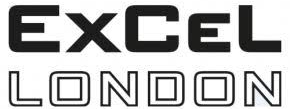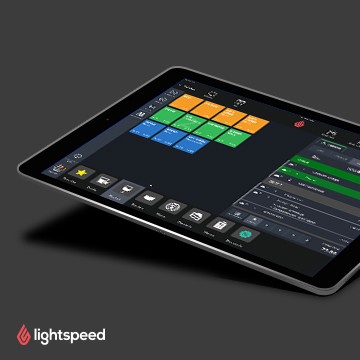How to Turn Data into Turnover
Data is arguably the world’s most valuable resource, but how can you use it to increase your establishment’s table turnover?
If you’re using a POS that provides analytics, then the solution for more cost-effective, customer-centric foodservice is at your fingertips.
As an entrepreneur in the hospitality industry, it’s critical that you understand how to leverage the data that your POS collects, and how you can use that information to make adjustments and improvements.
That’s not always easy, which is why we’ve listed the top three ways you can increase table turnover using data.
1. Collect customer data
The modern customer is more demanding than ever. They expect you to have a well-designed, informative website, and for their dining experience to be memorable. The most surefire way to creating a memorable experience that exceeds their expectations is to be attentive to and anticipate their needs — collecting customer data (what dishes they typically order, what their favorite drink is, etc.) is the best way to achieve exceptional service.
Restaurants invest a lot of resources attracting new customers, but it’s actually more profitable to focus on your existing customers.
Create client profiles for your regulars, which enable you to track their allergies, preferences, and potential children or pets. On a more general level, you cause the client data from your integrated reservation system to pinpoint the average group size your establishment attracts, and the most popular business hours. You can even optimize your employee schedule and floor plan layout based on your findings.
2. Reduce Waste
While a data-driven POS can’t force your guests to not waste any food, it can keep track of what your most popular dishes are, as well as your inventory’s popularity and profitability. That means you no longer have to ‘guesstimate’ what and how much produce you need to order to fulfill demand — effectively minimizing how many resources you waste on inventory that won’t be consumed.
Tracking your best-sellers to reduce waste also enables you to spot consumption trends. These could be daily, weekly, or seasonal trends, which you can analyze to create festive ‘holiday menus’ or limited ‘summer specials’. Looking back at our first point: your regulars will surely appreciate the effort!
3. Objective numbers over subjective factors
The foodservice industry has a certain degree of volatility. Bad weather or a popular nearby event can make for a slow business day. However, these factors are still subjective.
In the end, the most important variable (that you can control) are objective numbers. Improving table turnover requires you to serve customers quicker, so you can serve more customers per seat, The higher the volume of customers, the better your table turnover rate. While you want to serve customers more efficiently, you never want that to come at the expense of your customer experience. It’s a delicate balance.
While you should certainly trust your instincts, using objective data to inform your decisions and strategies can help you make the right decisions the first time. If you use a data-driven POS, but barely look into what it actually collects for you, you’re doing your business a disservice. Make data analysis a part of your routine. It drives measurable results, and is far easier than you think!
Get in touch
www.lightspeedhq.co.uk
info.uk@lightspeedhq.com
+44 20 3695 9599
Follow us
Twitter: @LightspeedHQ
Facebook: @LightspeedHQ.UK
LinkedIn: /lightspeed-hq/











